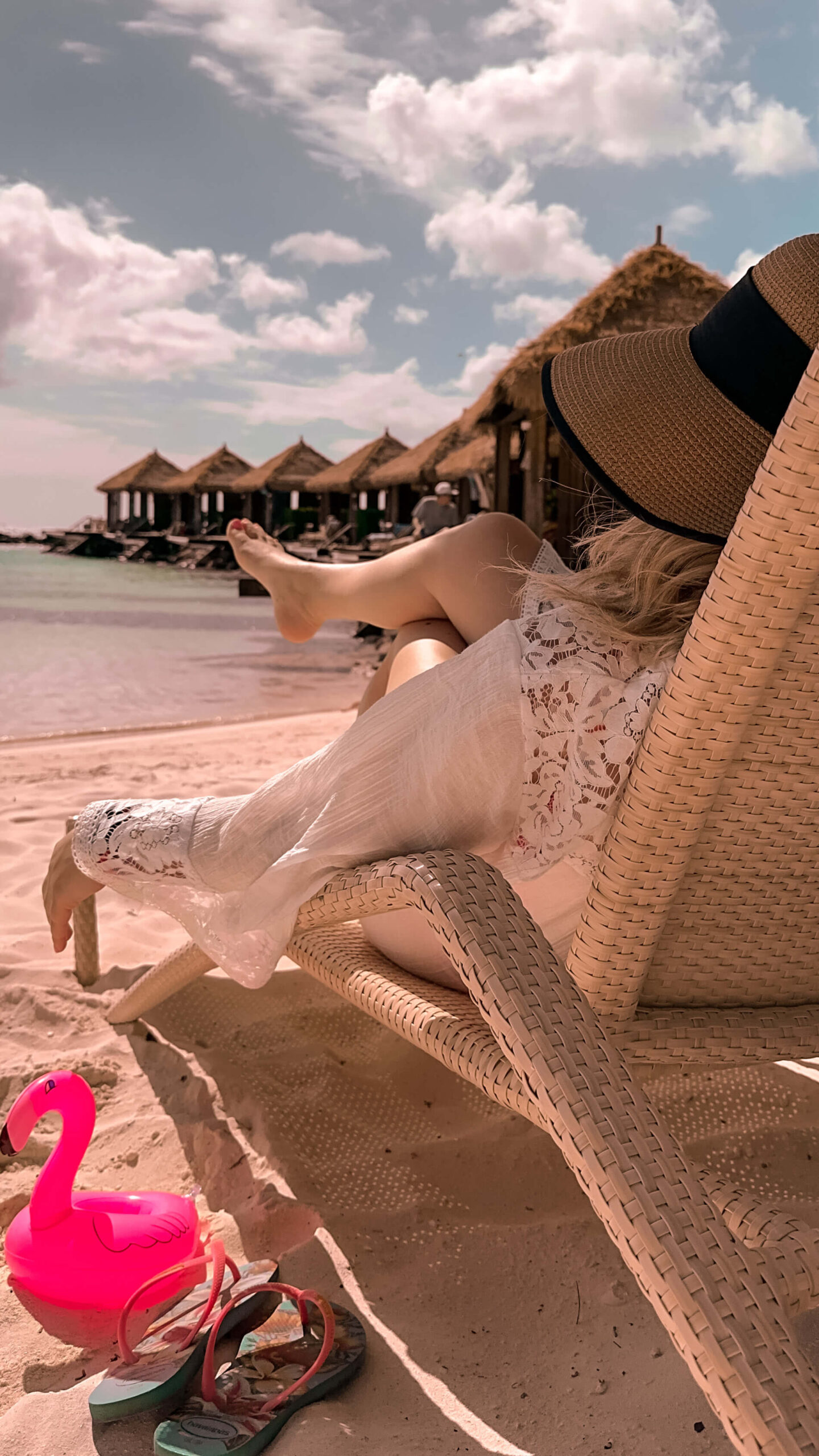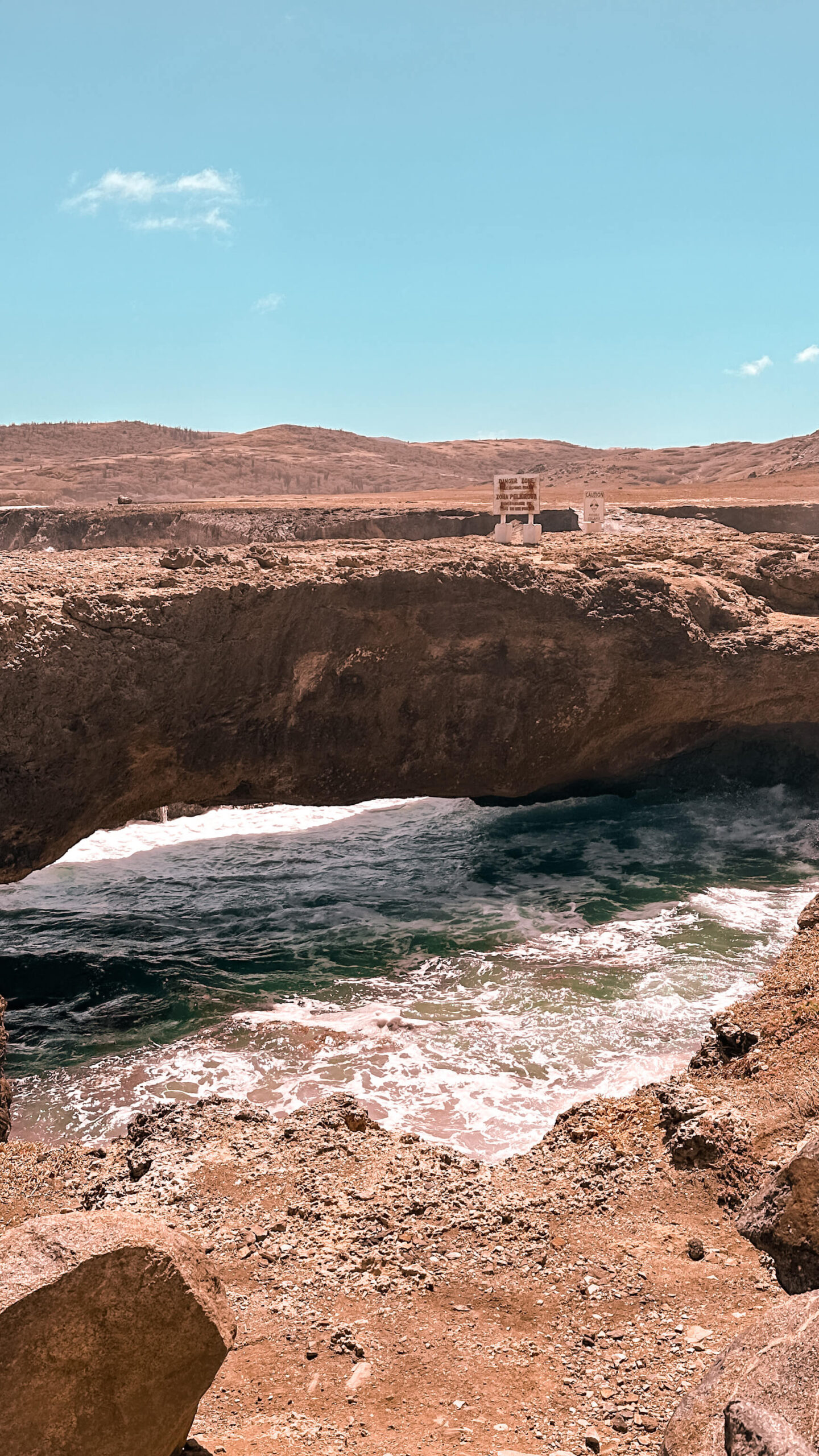Passport and Visa – No visa is required for up to 90 days for most countries. In addition to a passport that is valid upon entry and for the duration of stay in Aruba, all visitors must completely filled-in and signed Embarkation and Disembarkation card (ED-card).
IMPORTANT For those traveling to Aruba from Central America, Latin America and Africa, the requirement for the Yellow Fever Vaccine proven by an International Certificate of Vaccination or Prophylaxis (ICVP) will enter into force for all passengers entering the island from endemic areas.
Currency – The official local currency is the Guilder or Aruban florin (AWG). However, don’t worry to exchange money, bring US dollars and you’ll be fine! US dollars are accepted throughout all the Island. The exchange rate for the US dollar range from AWG 1.75 to AWG 1.80 for one US dollar.
Language – Most Arubans speak a minimum of four languages, including English and Spanish. However, the official languages of Aruba are Papiamento and Dutch. As the tour guides used to say, add some Portuguese, Dutch, Spanish, French and English in the mixer, and you have the Papiamento 😉 Learn Bon bini (Welcome) and you will be fine!
Tipping – Most restaurants and bars will add a service charge to your bill, around 10 to 15 percent.
Population – There are approximately 107,955 people living in Aruba. Most tourists come from USA and Canada.
Economy – Tourism and hospitality provide the largest percentage of the country’s income.
Eletricity – Aruba adopted the North American voltage standard of 110 A.C.
Safety – Aruba is considered one of the safest destinations in the Caribbean and in general is very safe at any time of the day or night.
Curiosity – On a clear day, you can see Venezuela! At its closest point, Aruba’s only nine miles off the coast of Venezuela.










